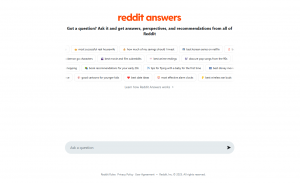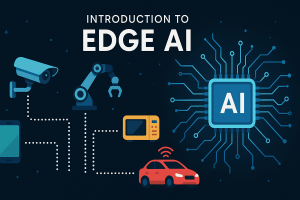HarmonyOS and the Future of AI-Native Operating Systems

In a landscape long ruled by Apple’s iOS and Google’s Android, Huawei’s HarmonyOS is quickly emerging as a third major player—one that’s not just competing, but reshaping what an operating system can be. Initially born from necessity, HarmonyOS has grown into a full-fledged platform that’s gaining traction in China and positioning Huawei as a serious software contender.
Unlike traditional OS platforms, HarmonyOS is built for intelligent, cross-device integration. Its AI-native foundation, modular microkernel architecture, and expansion into PCs, wearables, and vehicle systems signal a broader push to unify hardware under one smart ecosystem—setting the stage for a new era of connected, AI-powered computing.
What is HarmonyOS? A Quick Overview
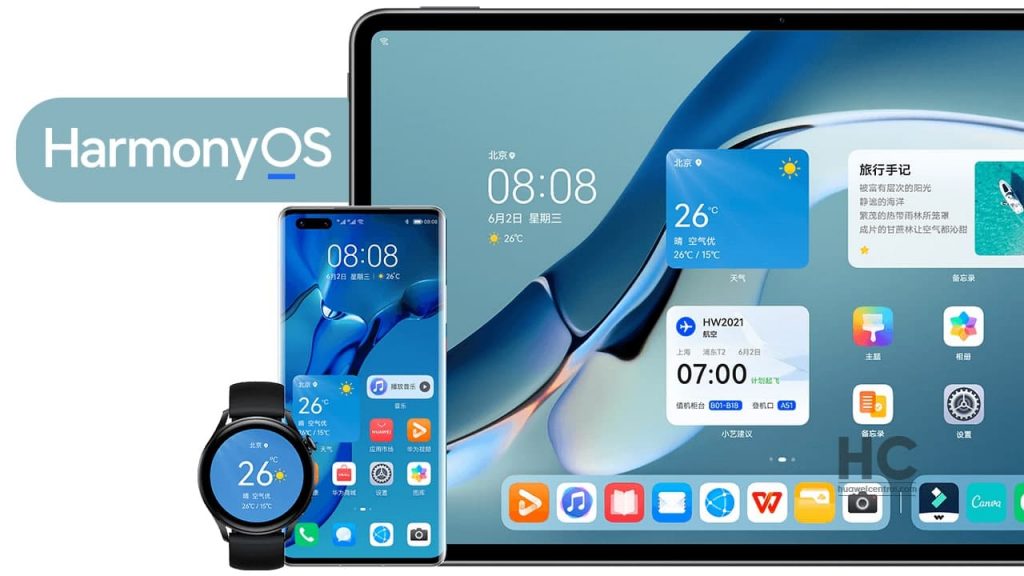
HarmonyOS is Huawei’s custom operating system built to power smartphones, tablets, wearables, and smart devices under one unified ecosystem. The HarmonyOS system is a comprehensive, full-scene distributed operating system with a multi-layered architecture, enabling seamless interaction between multiple devices and creating a truly connected experience. Its architecture is based on three layers: the core, basic services, and program framework, which allow flexible deployment across various device types such as large screens, PCs, automobiles, and mobile phones.
Launched as a strategic response to U.S. sanctions, HarmonyOS has grown into a symbol of Huawei’s software independence. The current mainstream version, HarmonyOS 4.2, offers a polished user interface, improved performance, and enhanced privacy features.
Looking ahead, HarmonyOS Next will take a major step forward by eliminating Android support and focusing entirely on AI-native applications. Development on HarmonyOS Next leverages the Ark compiler, a static compiler that enables high-level languages to be compiled into machine code efficiently, improving development efficiency. Additionally, extended TypeScript (eTS) is used for enhanced application development, offering improved UI capabilities and performance. This move positions HarmonyOS as a futuristic platform designed for intelligent automation and cross-device functionality—key pillars in Huawei’s evolving digital strategy.
The Journey So Far: History and Development of HarmonyOS
HarmonyOS, known as Hongmeng OS in China, made its debut in 2019 as Huawei’s bold answer to the growing need for an independent operating system. Initially conceived as a strategic alternative to Android, HarmonyOS was designed from the ground up to deliver a seamless experience across a diverse range of smart devices. From its earliest days, the system set itself apart by supporting not just smartphones, but also smart TVs and a variety of other connected devices, laying the foundation for a truly unified ecosystem.
Since its launch, HarmonyOS has undergone rapid and continuous development. Each new version has brought significant enhancements, expanding the system’s capabilities and refining its user experience. The latest iteration, HarmonyOS 6, introduces advanced artificial intelligence models and the innovative CloudMatrix 384 AI rack architecture, further cementing Huawei’s commitment to intelligent, distributed computing.
A major milestone in the HarmonyOS journey is the introduction of HarmonyOS PC—a self-developed laptop operating system that directly challenges the dominance of Windows and macOS. This move signals Huawei’s ambition to extend its seamless experience to even more device categories, offering users a consistent interface and functionality whether they’re on a smartphone, tablet, smart TV, or laptop.
The HarmonyOS ecosystem continues to grow, with increasing support from developers and a steady stream of new features. As more devices and users join the platform, HarmonyOS is quickly establishing itself as a major player in the global operating system market, redefining what’s possible in the world of smart devices and connected experiences.
HarmonyOS 6: Ushering in an AI-Native Era
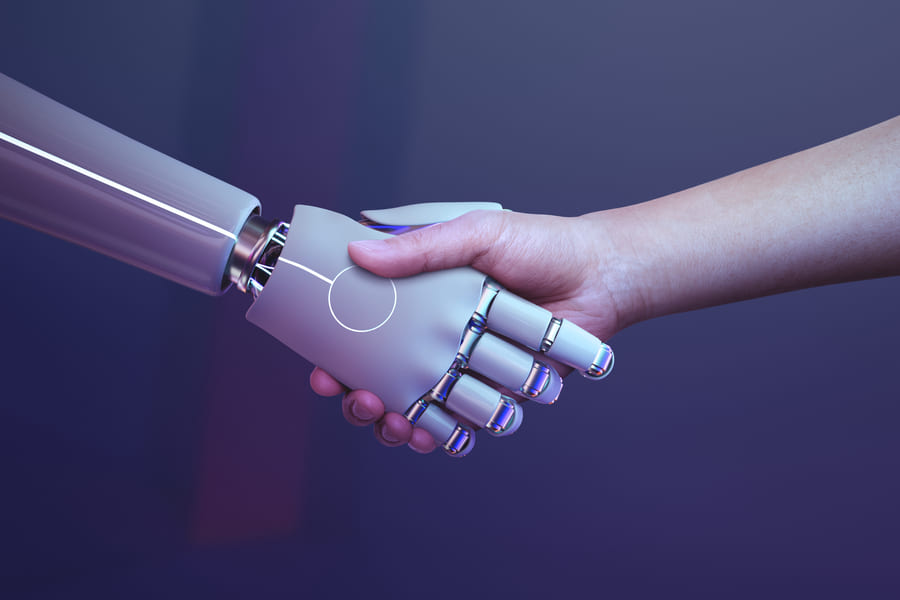
The Shift to AI-First Design
With the launch of HarmonyOS 6, Huawei is redefining the role of an operating system in the modern digital landscape. Moving beyond traditional app-based interactions, Huawei HarmonyOS now places artificial intelligence at the core of its design philosophy. The centerpiece of this transformation is the new AI Agent Framework, which enables developers to create intelligent, automated services without the complexity of building or training foundation models from scratch.
Instead of relying solely on apps, HarmonyOS 6 empowers these AI agents to handle user needs proactively—whether that’s summarizing news, managing schedules, or suggesting content. These agents can perform tasks such as scheduling, summarizing news, or automating daily routines for users, further enhancing convenience and productivity. Huawei has confirmed that over 50 pre-built AI agents from major Chinese platforms like Weibo and Ximalaya will be available at launch, setting the stage for a richer, smarter user experience where intelligent intermediaries replace conventional app interfaces.
This AI-first approach represents a significant leap forward and positions HarmonyOS Next—Huawei’s upcoming, Android-independent version—as a foundation for a fully intelligent operating system era. This shift reflects a broader industry momentum toward intelligent platforms, as more companies begin glimpsing the fascinating future of AI as a core driver of operating system evolution.
Developer Ecosystem and Metrics
To support this shift, Huawei HarmonyOS has cultivated a rapidly expanding developer ecosystem. As of now, more than 8 million developers are registered within the platform, building on a base of over 30,000 applications and atomic services—lightweight programs that run instantly, without requiring full installation.
HarmonyOS 5, the current version prior to HarmonyOS 6, already powers over 40 device models, showcasing solid adoption across Huawei’s hardware lineup. But rather than chasing sheer numbers of apps, Huawei is focused on delivering high-impact utility. According to the company, the top 5,000 apps account for 99.9% of time spent on its devices, emphasizing its commitment to essential user experiences over app store bloat.
With HarmonyOS Next on the horizon, Huawei aims to further streamline development by pushing for native HarmonyOS applications that are deeply integrated with AI functionality—reshaping how software is built and how users interact with it across devices. Developers can leverage ArkUI, a declarative UI development framework, to build high-performance user interfaces (UIs) in HarmonyOS apps, enhancing both design flexibility and performance.
Step-by-Step: How HarmonyOS Empowers Developers and Users
Huawei HarmonyOS is not only reshaping the user experience—it’s also transforming how developers build and deploy intelligent applications. Community-driven HarmonyOS project initiatives are supporting multi-terminal development and fostering ecosystem collaboration. From streamlined AI integration to cross-device compatibility, the HarmonyOS ecosystem provides both simplicity and scalability. For those new to the space, understanding foundational concepts is critical—this essential guide to understanding key AI terms offers a solid starting point for navigating the rapidly evolving AI ecosystem. Here’s a step-by-step breakdown of how HarmonyOS empowers developers and users alike.
Step 1: AI Agent Integration
The introduction of AI agents in HarmonyOS 6 marks a major shift in how users interact with their devices. Instead of opening multiple apps to complete tasks, users engage directly with intelligent agents that handle actions proactively. These agents cover a wide range of everyday scenarios, including productivity tools that automate reminders and scheduling, content discovery engines that learn from user behavior, and smart home automation controls that respond to real-time data.
By embedding AI agents directly into the OS, HarmonyOS transforms the mobile experience from reactive to predictive, making devices smarter, more useful, and contextually aware.
Step 2: Developing Without Heavy Lifting
For developers, one of the most exciting aspects of Huawei HarmonyOS is the reduced complexity of building AI-driven functionality. The HarmonyOS Agent Framework simplifies the process by offering pre-built tools and services that eliminate the need to train complex foundation models from scratch.
This allows developers—even those without deep AI expertise—to create powerful, intelligent applications quickly. With a lower barrier to entry, the platform encourages faster development cycles, faster time-to-market, and increased innovation.
Step 3: Deploy Across the Huawei Ecosystem
HarmonyOS is built with scalability in mind. Developers can write applications and services once and deploy them seamlessly across Huawei’s growing lineup of devices—including smartphones, tablets, smartwatches, smart TVs, and now, even laptops. HarmonyOS 6 and new AI features are being rolled out across Huawei devices as part of the company’s in-house software ecosystem.
This multi-device strategy mirrors Apple’s tightly integrated ecosystem, but Huawei HarmonyOS takes it further by enabling true cross-device collaboration through its distributed architecture. Users can start a task on one device and continue on another without losing context—offering a fluid and unified digital experience.
For developers, this translates to greater reach, better user engagement, and lower development overhead when creating multi-platform apps.
Step 4: Future-Proof with HarmonyOS Next
Looking ahead, HarmonyOS Next is poised to redefine the platform’s capabilities. Set to move away from Android-based legacy support entirely, HarmonyOS Next encourages developers to build fully native apps optimized for AI and hardware-level integration.
This not only ensures better performance and tighter security but also aligns with Huawei’s long-term vision of complete software independence. Native development on HarmonyOS Next allows for deeper interaction with AI agents, seamless access to cross-device features, and support for the next generation of intelligent, lightweight applications.
For forward-thinking developers, embracing HarmonyOS Next means being part of a future where the operating system isn’t just a tool—but a partner in intelligent design.
The Super Device Experience: Seamless Multi-Device Harmony
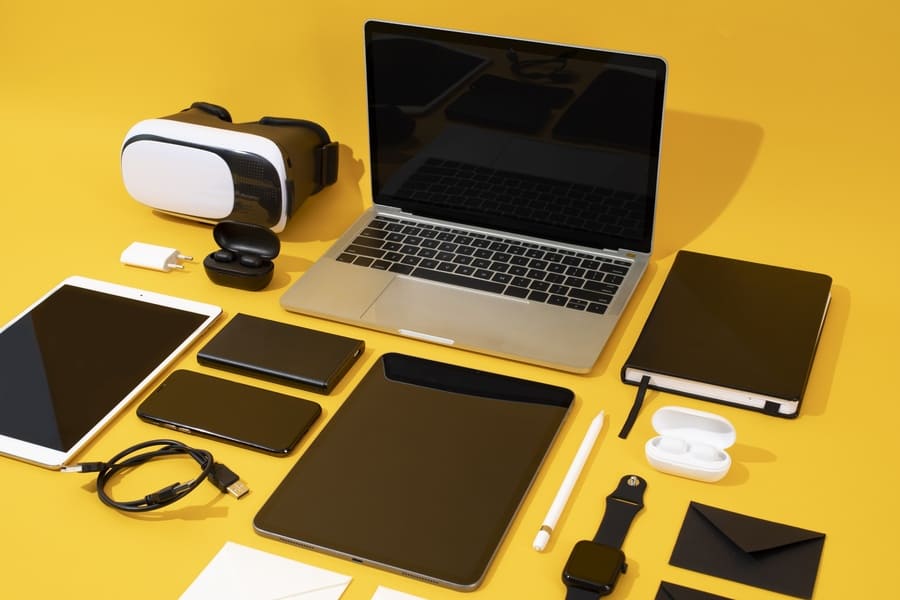
One of the standout features of HarmonyOS is its Super Device experience, which reimagines how users interact with their digital world. HarmonyOS enables a seamless experience across different devices, allowing users to effortlessly share files, photos, and videos between smartphones, tablets, smart TVs, and a wide array of other smart devices—all within a single, unified system.
With the Super Device feature, users can connect and manage multiple devices through an intuitive interface, making it easy to access and control everything from one place. Imagine using your smartphone as a remote control for your smart TV, or instantly turning your tablet into a second screen for your mobile phone—HarmonyOS makes these scenarios a reality, breaking down the barriers between devices and creating a truly integrated digital environment.
HarmonyOS also introduces atomic services: lightweight, mini-programs that run instantly without the need for installation. These atomic services provide quick access to essential functions and information, streamlining the user experience and reducing clutter on your home screen.
For users, the result is a more convenient, efficient, and enjoyable way to interact with technology. Whether you’re managing files, streaming videos, or controlling smart home devices, HarmonyOS’s Super Device feature ensures that your entire ecosystem works together in perfect harmony, delivering a seamless experience that adapts to your needs.
Enterprise AI: HarmonyOS + Pangu AI Models
Huawei’s AI strategy extends beyond consumer devices, with the integration of its powerful Pangu 5.5 AI models into the HarmonyOS ecosystem. Designed for large-scale industrial applications, these models target key sectors such as medicine, finance, governance, manufacturing, and automotive—offering advanced capabilities in natural language processing and computer vision.
By combining Huawei HarmonyOS with Pangu AI, the company creates a vertically integrated platform where the operating system and AI models are deeply connected. This synergy enables faster processing, real-time insights, and optimized performance tailored to enterprise needs.
Controlling both the OS and AI stack gives Huawei a strategic edge, allowing for end-to-end customization, enhanced security, and streamlined deployment across industries. As HarmonyOS expands its role in enterprise environments, it becomes not just a mobile OS, but a foundational layer for intelligent infrastructure.
To better grasp the intelligence powering HarmonyOS, it helps to explore the different types of AI and how they work—a useful reference for understanding the system’s evolving capabilities.
Security and Connectivity: OpenVPN for HarmonyOS

As data privacy and cybersecurity grow in importance, users are increasingly turning to VPN solutions to safeguard their digital activities. For professionals and businesses using HarmonyOS devices, integrating a secure network connection is essential. Fortunately, setting up OpenVPN for HarmonyOS is simple and effective.
Users can download a compatible OpenVPN client from Huawei’s AppGallery or sideload it if needed. Once installed, importing a VPN configuration file and connecting ensures encrypted, private access to the internet—ideal for remote work, accessing sensitive information, or bypassing geographic restrictions. During the setup process, users may need to accept certain terms or permissions required by HarmonyOS to establish and manage VPN connections.
The robust security framework of HarmonyOS enhances VPN functionality, offering added layers of protection through system-level controls and AI-enhanced threat detection. Whether you’re a business user or privacy-conscious consumer, OpenVPN for HarmonyOS delivers a reliable solution for secure and seamless connectivity on Huawei’s next-generation platform.
HarmonyOS vs iOS and Android: Where It Stands Today
While iOS and Android dominate globally, HarmonyOS is rapidly gaining traction—particularly in China. Huawei has shipped over 103 million smartphones and 21 million tablets running HarmonyOS, with nearly half delivered in 2024 alone. This signals growing domestic momentum, even as international expansion remains limited by geopolitical constraints.
Despite having fewer apps overall, Huawei HarmonyOS is seeing strong user engagement. As Richard Yu, Huawei’s consumer business chairman, pointed out: “99.9% of user time is spent on the top 5,000 apps.” This underscores Huawei’s focus on essential applications over sheer volume.
Rather than replicate Android’s app store model, HarmonyOS prioritizes performance, AI integration, and core user needs. This quality-over-quantity approach offers a more curated experience—positioning HarmonyOS not just as a third option, but as a serious, experience-driven competitor in the global OS race.
What the Future Holds for HarmonyOS
The upcoming public release of HarmonyOS 6 marks a pivotal moment in Huawei HarmonyOS development. With over 50 AI agents and deeper ecosystem integration, it’s expected to roll out to consumers soon, though Huawei has yet to confirm an exact launch date. While domestic adoption continues to soar, expanding globally remains a challenge due to regulatory and geopolitical barriers.
However, with HarmonyOS Next on the horizon—dropping Android compatibility entirely—Huawei is signaling a bold software-first future. This shift allows for tighter control, better optimization, and a unique identity separate from existing platforms.
Long term, HarmonyOS plays a critical role in Huawei’s transformation from a hardware-centric brand to a vertically integrated tech company. As it matures, Huawei HarmonyOS could reshape the global OS landscape by introducing a new standard centered on AI-native design, cross-device synergy, and intelligent automation.
HarmonyOS’s evolution mirrors the broader shifts in the AI landscape, as outlined in this timeline of the AI revolution from 2023 to 2024—highlighting how quickly platforms are advancing toward intelligent, proactive ecosystems.
Conclusion: A New Chapter in Operating Systems
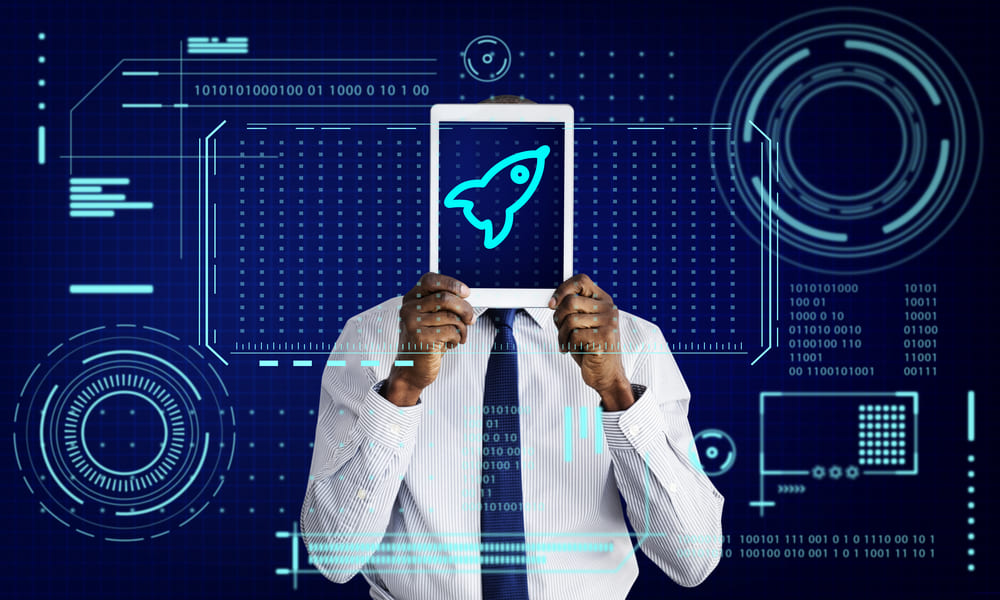
Huawei HarmonyOS represents more than just a new operating system—it’s a bold reimagining of what digital platforms can be in an AI-driven world. Born from necessity and refined through innovation, HarmonyOS reflects Huawei’s strategic reinvention as a software and services powerhouse. With AI agents at its core, HarmonyOS 6 signals the arrival of a new standard—where operating systems don’t just respond, but intelligently anticipate and act.
As Huawei prepares to launch HarmonyOS Next, the company moves further from Android roots and closer to a truly independent, AI-native ecosystem. Whether through enhanced developer tools, enterprise AI models, or seamless cross-device integration, HarmonyOS is positioning itself at the forefront of next-generation computing.
In an industry dominated by iOS and Android, Huawei HarmonyOS is not just keeping pace—it’s pioneering a smarter, more connected digital future.
Developers building on HarmonyOS can draw inspiration from tools offered by AI PRO, such as its advanced AI Chatbot platform and intuitive AI Art generator—both showcasing practical applications of intelligent design in real-world use cases.
Frequently Asked Questions (FAQs)
- What is the difference between HarmonyOS 4.2 and HarmonyOS 6?
HarmonyOS 4.2 represents the current stable version for mass-market users, while HarmonyOS 6 introduces AI-native features, including agent frameworks and enterprise integrations. - Is HarmonyOS based on Android?
Earlier versions had Android compatibility layers, but HarmonyOS Next will phase out Android app support in favor of native HarmonyOS development. - How do I install OpenVPN on HarmonyOS?
You can download compatible OpenVPN clients via AppGallery or sideload, then import your configuration file and connect securely. - What devices support HarmonyOS?
HarmonyOS is available on a wide range of Huawei smartphones, tablets, smartwatches, and even laptops. - Is HarmonyOS safe and private?
Yes, Huawei has prioritized security with HarmonyOS, especially through integrated AI and support for VPN solutions like OpenVPN.


